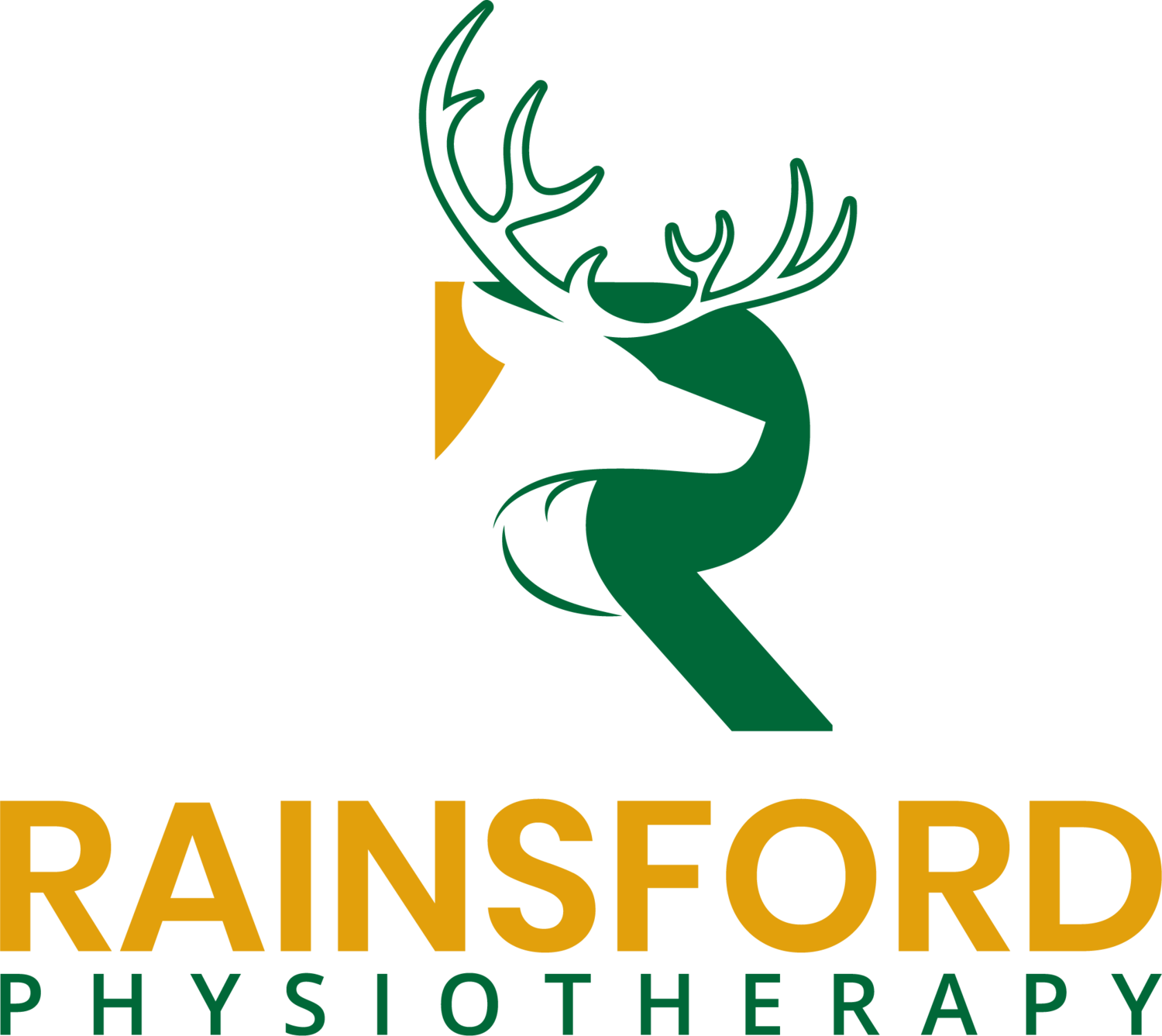*Please note: This blog constitutes my opinion, which is based on my professional schooling, personal research, and clinical experience.








Physical Therapy for Healthcare Providers: Taking Care of the Caregivers
Healthcare providers dedicate their careers to helping others heal, but this focus can sometimes lead to neglecting their own health and wellbeing in the process. Physiotherapy interventions can help healthcare providers manage and overcome these issues, improving their quality of life and their ability to care for others.


Photobiomodulation in Physiotherapy
Photobiomodulation (PBM), also known as low-level laser therapy (LLLT), is an innovative and promising treatment that has been gaining traction in the field of physiotherapy.

Understanding Osteoporosis: Causes, Progression, and Management
Osteoporosis is a progressive condition where one or multiple bones become more porous and fragile. The primary concern with this condition is that it could lead to an increased risk of bone fracture, particularly in older adults, from a minor fall. Here’s an expanded look at osteoporosis, including its causes, progression, and the best ways to manage it through exercise, nutrition, and consistency.


Who Are You Rehabbing For?
When injury strikes or a dysfunction starts to impact your daily life the pain or limitation can weigh you down, making the thought of recovery feel like a daunting, uphill battle. However, behind every recovery journey, there’s a powerful reason for pushing forward - a why. Have you thought about yours? Who are you rehabbing for?

Blood Flow Restriction Training (BFRT) in Physiotherapy
Blood Flow Restriction training (BFRT) has been emerging as a modern technique designed to revolutionize rehabilitation and strength training. While relatively new to some, BFRT has rapidly gained traction among healthcare professionals for its remarkable benefits, especially for patients undergoing rehabilitation from injuries or surgery.




Is your body ready for Spring sports and activities this year?
What new activities and sports are you starting this Spring?!
Having your body prepared for the demands of your activity is essential to avoid injury and get the most out of being physically active!

What’s the difference between a sprain and a strain injury?
Do you know the difference between a sprain and a strain? What about the difference between a muscle, tendon, and ligament? Learn the essentials here!

Embracing Industrial Athletics: The Art of Physical and Mental Resilience
The term "industrial athlete" may not be as widely recognized as its sporting counterpart, but its significance cannot be understated. Industrial athletes are individuals who perform physically demanding tasks in various sectors such as construction, manufacturing, firefighting, law enforcement, and emergency services, among others. Their daily routines are characterized by strenuous physical exertion, often in challenging environments and under high-pressure situations.
